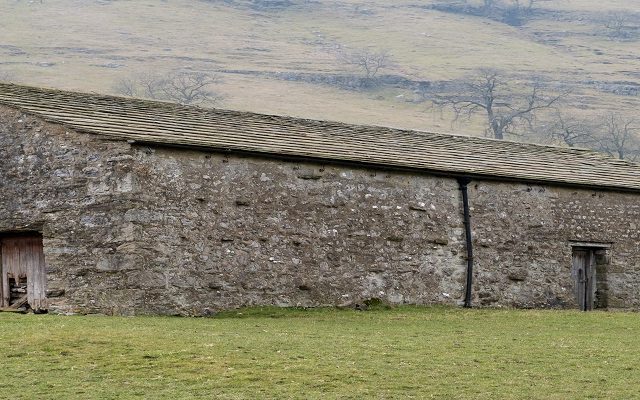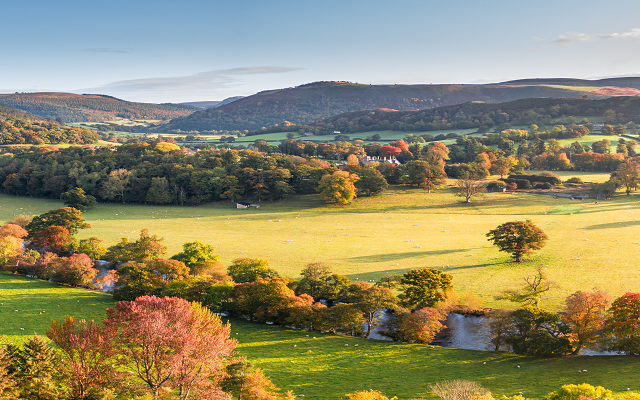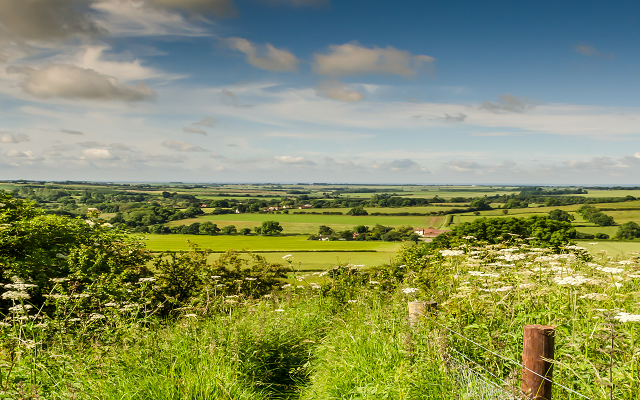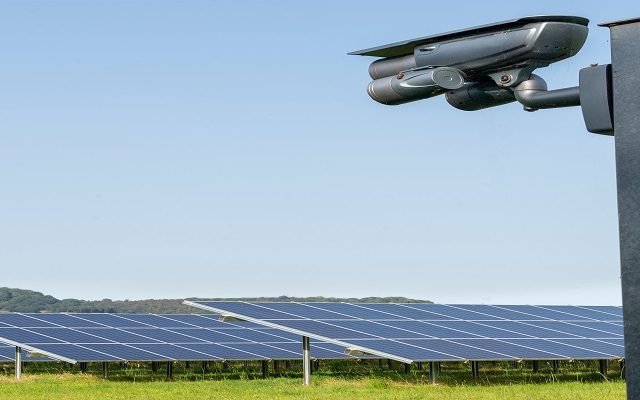The restoration of Scottish peatland
Work on peatland restoration projects may have stopped across the UK but the clear long-term commitment to peatland restoration by both the UK and Scottish governments is a welcome boost.
The UK Peatland Strategy, published in 2018, aims to deliver 2m hectares of peatland in good condition, under restoration or being sustainably managed by 2040. The Scottish Government earlier this year announced £20m for peatland restoration in 2020 and a £250m commitment over the next 10 years, underpinning a plan to restore 250,000ha (617,800acres) of Scottish peatland by 2030.
Scottish peatlands – which cover almost a quarter of the country and make up 60% of the UK’s peatland – are some of the world’s rarest habitats and home to a variety of rare and unique wildlife. They boost biodiversity, reduce flood risk, help drinking water filtration and help mitigate the effects of climate change through carbon storage.
However, many of them – up to 80% – are damaged and eroded, therefore becoming a net source of greenhouse gases. Restoration, improvement and conservation projects are under way across the Highlands, playing a key part in the Scottish Government’s fight against climate change. An action plan has been in place in Scotland, a global leader in peatland restoration, since 2012, funded by the Scottish Government and administered by Scottish Natural Heritage (SNH).
Under the SNH Peatland Action Plan, these vast wild landscapes are being restored so they are better able to cope with – and alleviate – the impact of climate change. Projects include re-profiling and turfing the bare peat and using the surrounding vegetation as a stabiliser. By raising the water table, this encourages vegetation growth, leading to greater carbon sequestration. However, grant funding is dependent on the work being carried out in the year in which it was applied for and planned restoration works on many sites did not finish before lockdown. Most peatland works are carried out during the winter in order to avoid nesting birds but snowfall commonly hinders progress, which was the case this year. Unfortunately, by the time snow began to thaw on upland sites, work stopped on a large number of sites across Scotland due to COVID-19.
There have been concerns that the funding restrictions would threaten projects across Scotland and impede a return to many sites. However, it is now clear SNH would like existing projects to recommence where possible. They are currently gathering information on factors such as breeding birds, compliance with Covid-19 restrictions and the amount of outstanding work on each site.
It will be a while before we know all the details, understandably, including the level of funding that will be available to Peatland Action but it looks hopeful that restoration projects will begin again relatively soon.
Before lockdown, Strutt & Parker was working on a 315-acre site in Ross-shire, funded by Peatland Action, which involved the reprofiling of about 100,000 metres of peat gullies and the creation of more than 3300 peat dams. The project will restore a large upland area of degraded peat to improve biodiversity, water quality and the overall health of the site, part of which is designated as a Site of Special Scientific Interest (SSSI) and Special Protection Area (SPA). This project builds on an earlier 1,200-acre restoration project with which we were also involved.
Peatland restoration is a relatively under-researched field and it will be interesting to see the results of a university research programme announced earlier this year. The University of the Highlands and Islands has been awarded nearly £1m to assess the relationship between blanket bogs and climate change and analyse the effectiveness of restoration projects. We think this is a very positive step and it will be interesting to see the results.
Estimates from the Office for National Statistics suggest that UK peatland restoration projects could cost £8bn to £22bn over 100 years but that the work would save £109bn in reduced carbon emissions.






